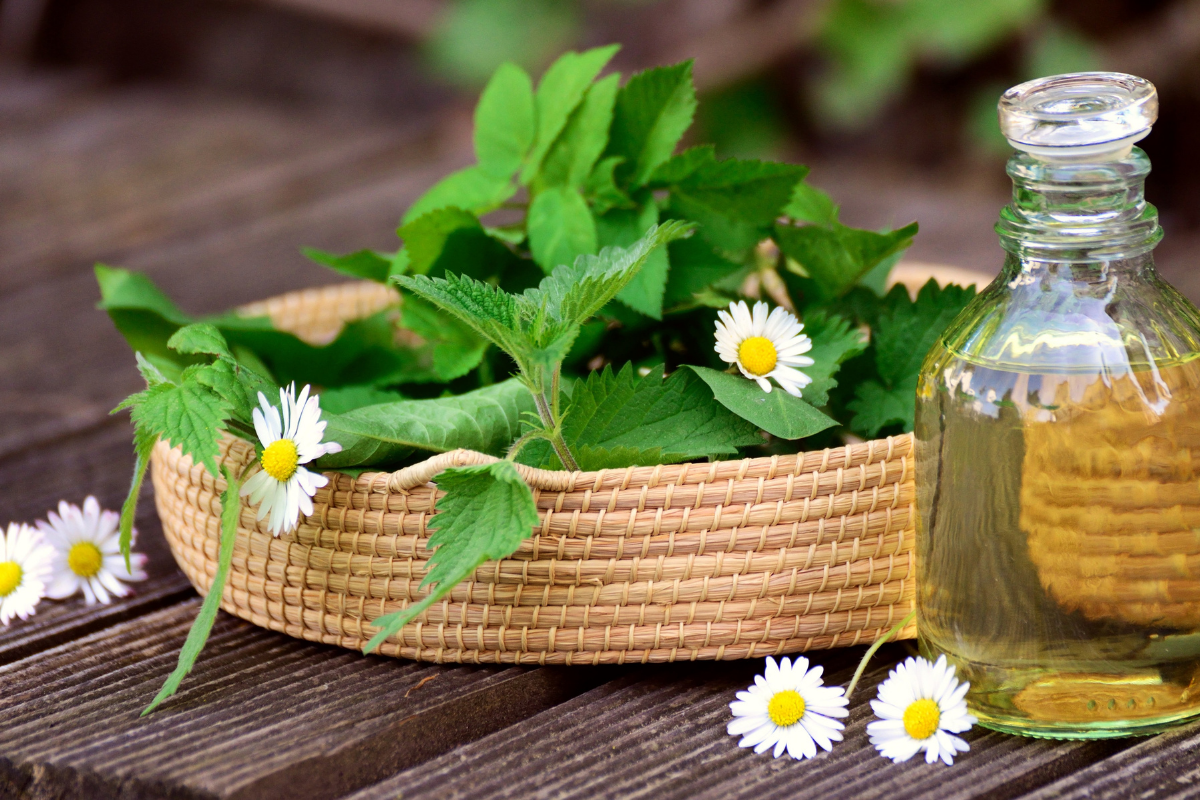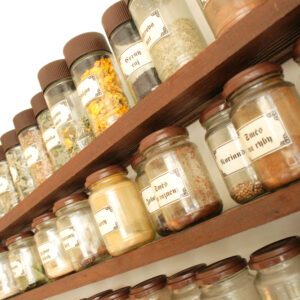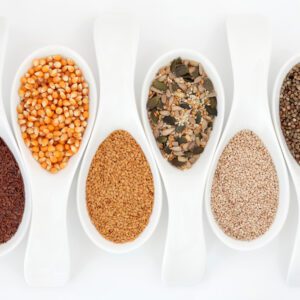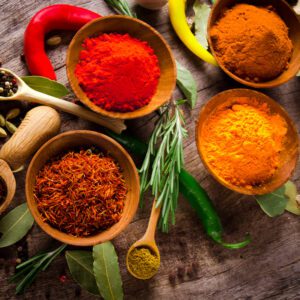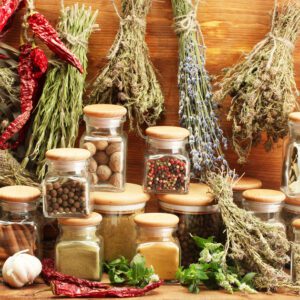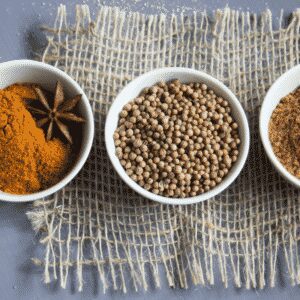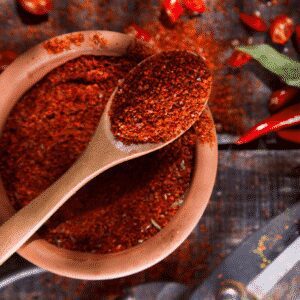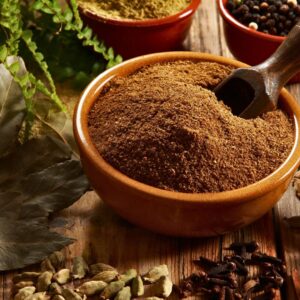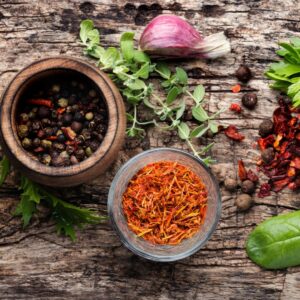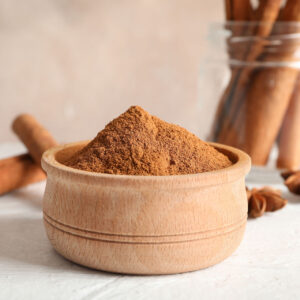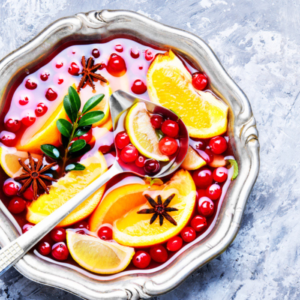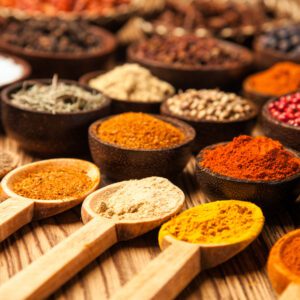Spices of Spring
Spring is in the air, and you can smell it in the streets, flower fields, and most importantly in the kitchen. Eating spices in ordinance with the seasons is a powerful way to connect to the divine nature that is all around us.
Connecting to the earths fruitful gifts through nourishing food is a wonderful way to get grounded and embrace the change that comes with the transition of the seasons. Let’s have a look at some herbs and spices that will elevate your Spring dishes.
Dill
Dill weed has a distinct and complex flavor and is a vibrant green color. For a light and refreshing yet nutrient-dense meal, throw it on some grilled fish or on mixed veggies. For a heartier meal, ground Dill pairs nicely with pasta primavera and a touch of butter.
Because of the slightly bitter citrus and grassy taste, Dill is an exceptional compliment to cucumber. The two can be eaten on a salmon lox bagel or mixed with gin, club soda, and freshly squeezed lime juice for a refreshing Spring Gin Fizz.
Lavender
Lavender is generally associated with sweeter foods and is often used as a calming herb. Being an abundant flower in the Spring, Lavender is a wonderful treat with warm or iced tea and can also be used to elevate desserts. While Lavender is commonly incorporated into lattes and dishes, Lavender Salt is a combo you won’t want to skip out on trying.
What makes Lavender Salt so tasty is the subtle hint of pink peppercorns, rosemary and floral notes of Lavender. It is used to brighten up dishes and provide extra flare when used in creamy sauces for things like chicken or mashed potatoes. Lavender Salt is also a magnificent addition to butter and pairs well with warm garlic bread, offering a sweet and savory kick.
Marjoram
Marjoram boasts a unique flavor profile that is often used in tea to help heal headaches, clear sinuses, and calm the nervous system. It originates from Egypt and is commonly used in the Middle East in tandem with tomato-based sauces, veggies, and meats such as lamb, mutton, seafood.
The flavor of Marjoram is relatively woody and floral yet refreshing. It is similar to oregano but on the milder side, offering a slightly sweeter and more citrus taste and with a lovely aroma to match.
Fenugreek Leaves
Fenugreek Leaves–also referred to as Methi Leaves–are a great digestive aid that help flush the system and regulate blood sugar levels, as well as reduce inflammation. This is a great spice to incorporate when pollen and other plant run off is ever present, and can aid in soothing allergies.
The flavor combination is both earthy and sweet, and tastes somewhat like burnt sugar and celery. When ground up and cooked, it is a delectable accompaniment to soups, stews, fried pastries. If eaten in raw form, you’ll notice very distinctive notes of licorice and anise.
Saffron
Saffron is on the pricier side when compared with other herbs, but for good reason. Each flower that yields the legendary herb–the crocus sativus–only blooms for one week each year, so it is certainly considered a rare spice. It’s incredibly special and strange appearance and fragrant aroma make it stand out from the crowd, and its flavor is instantly recognizable when added to any dish–so use sparingly. Saffron is a very versatile spice and pairs nicely with everything from apples and almonds to chicken, lamb, and citrus fruits.
Of course, this list just highlights a few of the boundless spices that are wonderful add-ons to your Spring cooking. We hope you get to experience how flavorsome and tasty Dill, Lavender Salt, Marjoram, Fenugreek, and Saffron truly are and would love to hear what dishes you end up incorporating these spices into.
Thank you for reading, we hope your culinary experience is delightful!

